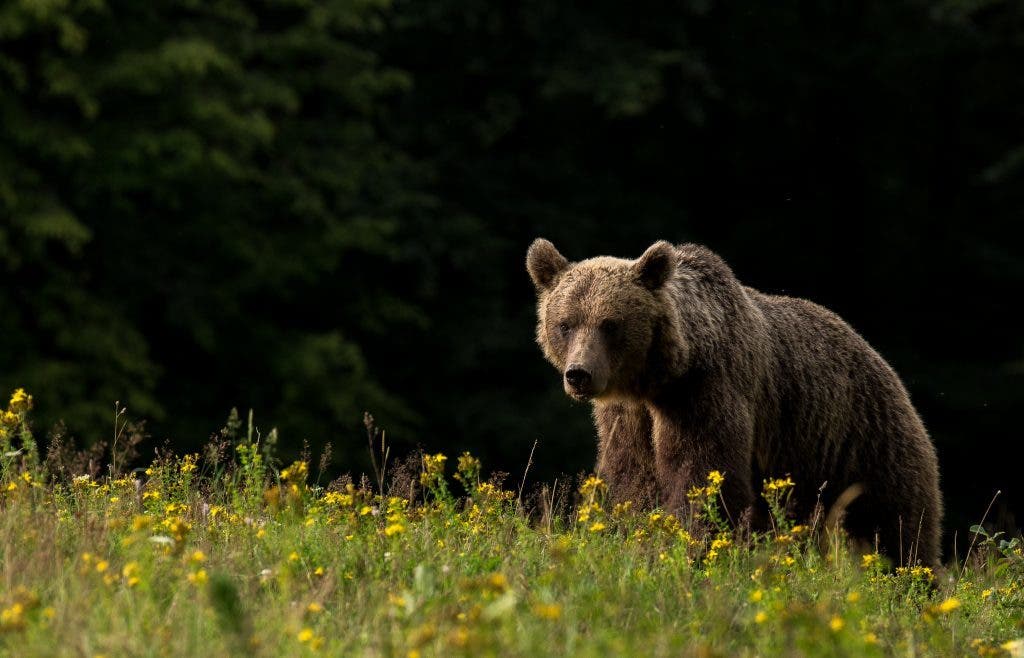Although cave bears have been extinct as a species for 25,000 years, they live through pieces of DNA present in modern brown bears.

Brown bears, like this one, probably all carry sections of cave bear DNA in their genome. Image credits: Lajos Berde.
Neanderthal bears
In 2010, researchers sequenced the Neanderthal DNA and showed that non-African humans have between 1% and 4% Neanderthal DNA, forcing us to re-think the relationship between these human species. Now, a similar thing has happened with bears: the authors of a new study report that all the brown bear genomes they sequenced include at least some cave bear DNA — between 0.9-2.4% of their genome.
Similarly, cave bears also harbor brown bear DNA, although in smaller proportions. This strongly suggests that the two species interbred before cave bears went extinct, since there was gene flow in both directions.
The cave bear (Ursus spelaeus) that lived in Europe and Asia during the Pleistocene, becoming extinct some 24,000 years ago during a period called the Last Glacial Maximum (LGM). As the name implies, the LGM represents the last glacial period when ice sheets were at their greatest extension, with vast sheets of ice covering Europe, Asia, and North America. As the name implies, the cave bear probably spent a lot of time in caves, unlike the brown bear, which only uses caves for hibernation. Most of the cave bear fossils have been found in or around caves, which is an important piece of evidence.
Cave bears were comparable in size to today’s bears, and previous studies suggest that they had a predominantly or even exclusively vegetarian diet. Today’s brown bears are also predominantly vegetarian, eating fruit, insects, roots and bulbs of plants. However, they will sometimes feed on carrion, and if they’re hungry enough, they will eat insects and small mammals.
Surviving DNA
During the Pleistocene, glaciers came and went, resulting in a series of ice ages separated by warmer periods. These dramatic climatic shifts took a great toll on many creatures, particularly large mammals. Some mammals, which may have been well-adapted for icy periods, found it increasingly difficult to get by in a warming climate. Emblematic creatures like mammoths, cave bears, and the saber-toothed cat fell into this category.
However, the authors of the new study suggest that many of these creatures may have interbred with animals that are still around, carrying along the DNA of long-gone species.
“Although many large mammal species went extinct at the end of the Pleistocene epoch, their DNA may persist due to past episodes of interspecies admixture. However, direct empirical evidence of the persistence of ancient alleles remains scarce,” the researchers write.
This leads us to an intriguing discussion: we tend to think of extinction as an absolute ending, a road of no return. But if DNA fragments of extinct species can survive for such a long time in other species, are they really gone?
The study has been published in Nature.









